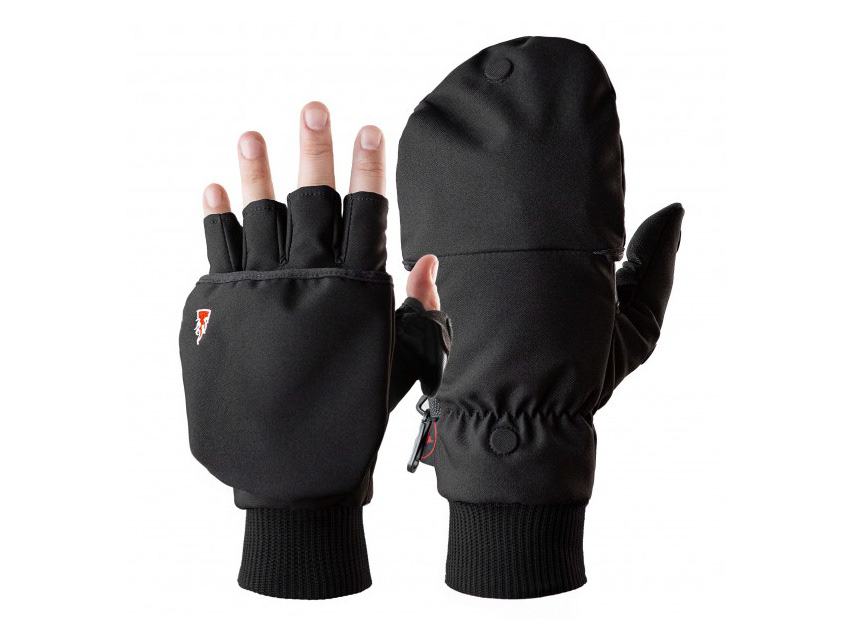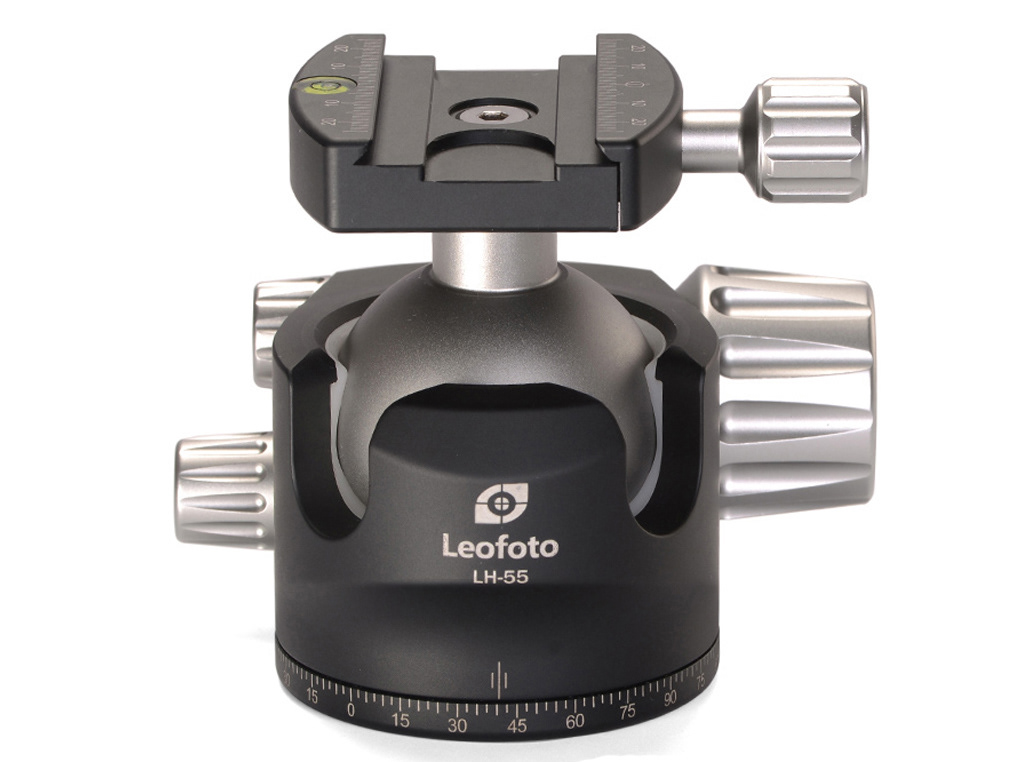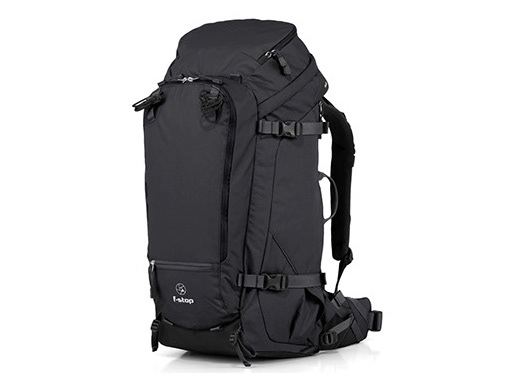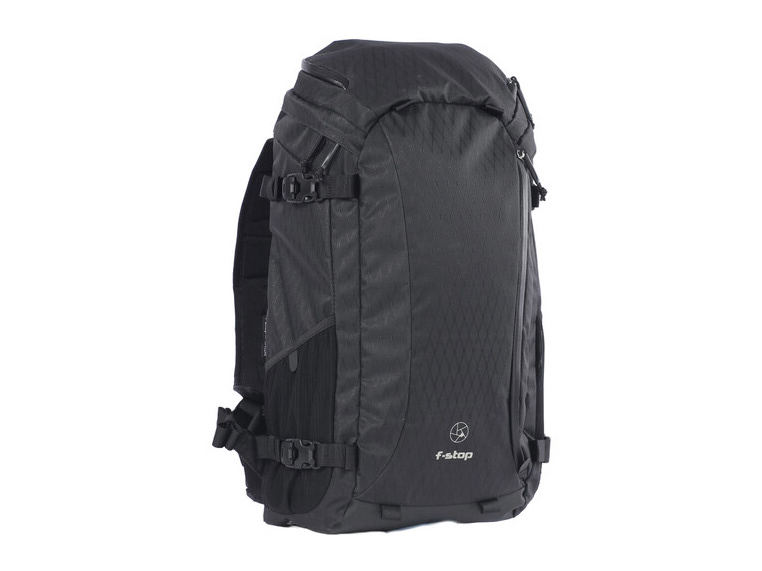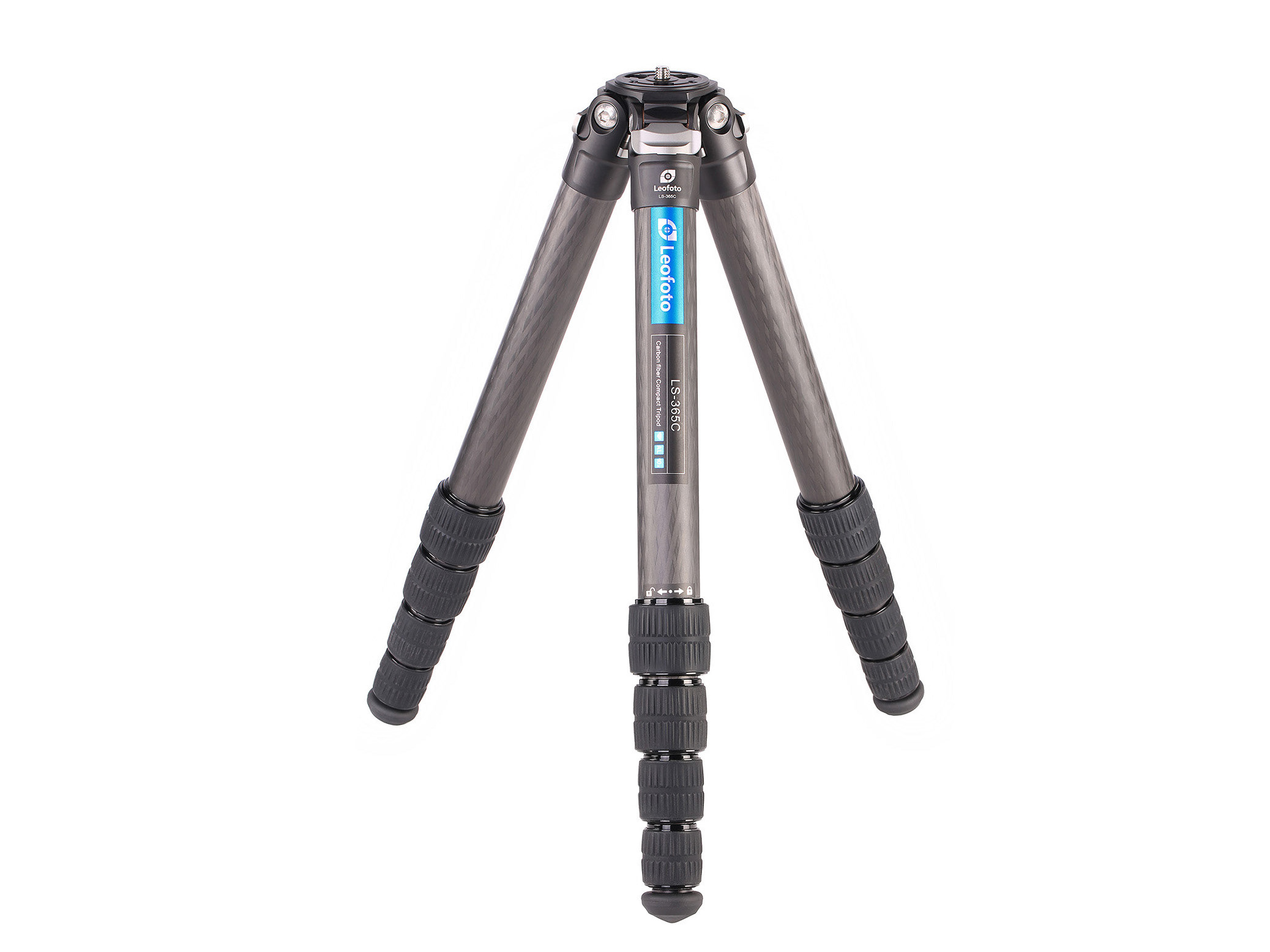Haida Night Clear Filter Review
If you are an astrophotographer or night photographer then you almost certainly have run into the horrible yellow glow of light pollution or the ugly yellow cast that street lights spread over urban nightscapes. This light pollution and yellow cast can hide stars and mess with the white balance of your scene. Thanks to the folks of Haida we may not have to deal with this issue any longer. Haida released their Night filter, designed to cut out the mercury vapour, sodium, Low CRI streetlight wavelengths. to reduce the effects of light pollution fro mcity lights. This filter should make life much easier for astro and city nightscape shooters.
Light pollution: Increasingly a challenge for city dwellers and photographers alike. Those deep, dark skies that I’m lucky enough to see full of stars out in the countryside are becoming an endangered species in their own right as the world’s population continues to rise and urban areas inevitably expand.
The problem is, with all that light bouncing around, our view of the night sky (and ability to capture it) continues to diminish on a daily basis.
As photographers, of course, the tried-and-tested approach to this has always been to head away from the city lights. “Dark Sky Reserves” have been set up all around the country. In practical terms, however, this doesn’t always work for everyone – and what about those little towns and villages which look so photogenic underneath the Milky Way? How do we capture them without their own light pollution spoiling the view?
Well, enter the relatively new kids on the block: “Light Pollution Filters”.
So how it work?
The science stuff
Usually when we’re evaluating filters, we’re looking for absolute neutrality in colour – we need to capture exactly what is in front of the camera’s lens, with no colour-cast or distortion of reality. In this case, however, that’s not quite how things need to work…
The distinct filter is designed to block the wavelengths of light created by mercury vapour, sodium and other Low CRI lights that are often used as streetlights. These lights are usually yellow/orange and are the primary cause of light pollution around cities. This makes capturing beautiful nightscapes near cities very difficult.
Add in to the mix, all the infra-red light that is a byproduct of lighting our cities at night, and that’s a lot of specific colours we need to “cut” in the filter. And that’s exactly what these do – as shown in the actual filter output graph above.
For reference, a “perfect” neutral density (ND) filter would have an almost flat line between 400nm and 700nm, and then cut everything else. That’s what makes it “neutral” and is what all filter manufacturers are striving for to create near-perfect glass with almost no “colour cast”.
So, what about these “light pollution filters”?
Well, that profile is exactly what they’re designed to do. The graph above, and to the right, is from an actual example of one of these filters, and you can clearly see how much of those unwanted colours of light they’re designed to “cut” as those wavelengths enter your lens.
From allowing almost all blue and red light through (90-100%), but blocking almost half of the green hues and virtually stopping all but 5-10% of the yellow-orange polluting light from our cities, these filters help cut down the impact of our need for illumination on the night sky above.
Resolution Comparisons
The filter also does not degrade image quality, and actually seems to improve apparent sharpness by getting rid of the excess yellow light bleeding and ghosting around the edges of brightly-lit subjects. Take a look at The Fullerton Hotel's lettering in the crops with and without the filter, and you can find that you can make out more of the words in the shot taken with the Clear Night.
Pretty good, right?
I mean, the sky seems to have become clearer, the distracting yellow “glow” has certainly improved, and overall we’re looking at a shot that “pops” more than it would have done, raw, without any filter.
Let’s try another – this time from Milky Way. Again, one straight through the lens, and another with the effect of a light pollution filter:
Again, a pretty good result, right?
The scene has “cooled down” quite a bit – the stars, again seem clearer and pack more “punch” than without, and the city lights are certainly less distracting. (In fact, the only distraction that remains is the annoying lean on the ultra-wide lens that I would otherwise have corrected!
The downsides to their use
While in theory a great addition to your kit bag, let’s think about exactly what these filters are doing…
They’re cutting light – at the exact time I want to get as much light into the camera as possible. While it may not seem obvious from the small samples above, in some cases, the dimmer stars in the night sky are missing or faded. Mars, for example, is an orange glow – and what does our light pollution filter do to orange light…?
They have a cooling effect on the overall image, meaning I need to set my white balance to between 500K-900K warmer than reality to counteract it in-camera. All well and good for the colours that it’s cut, but that also means I’m warming up the colours I haven’t affected too.
The filters don’t help with the exposure differential between the brightness of the city lights and the need to capture the relatively dim starlight above – you’ll still need something else (like a GND) to counter any overexposed areas.
It’s another thing to worry about keeping clean, whether round or square, in front of the lens at night. Keeping things clear and reflection-free in the daytime is frustrating enough – at night, errgghhh.
However, with all that said, these pieces of glass do deliver on their promise – and they do a good job of it as well.
A Cautionary Note
I want to give a cautionary note to anyone considering these filters. This filters are made of 2mm thick glass and they are not K9 coating. If you aren't careful glass will break.
In Conclusion
I have to say the Haida Night filter has quickly become a part of my workflow whenever I am shooting after dark. A great product, for a very specific use, and a good tool to get the best out of our skies at night if you’re not confident in processing the raw output of all the captured light from your camera.
What I Liked
Easy to use, with little post-processing required
Instant clarifying effect on images at night
Clear cut in yellow-orange “polluting” light in the scene
An apparent boost in cooling and contrast for a given image
Con’s:
The white balance is negatively affected, adds a magenta cast to the image, but it is easily corrected in post processing

